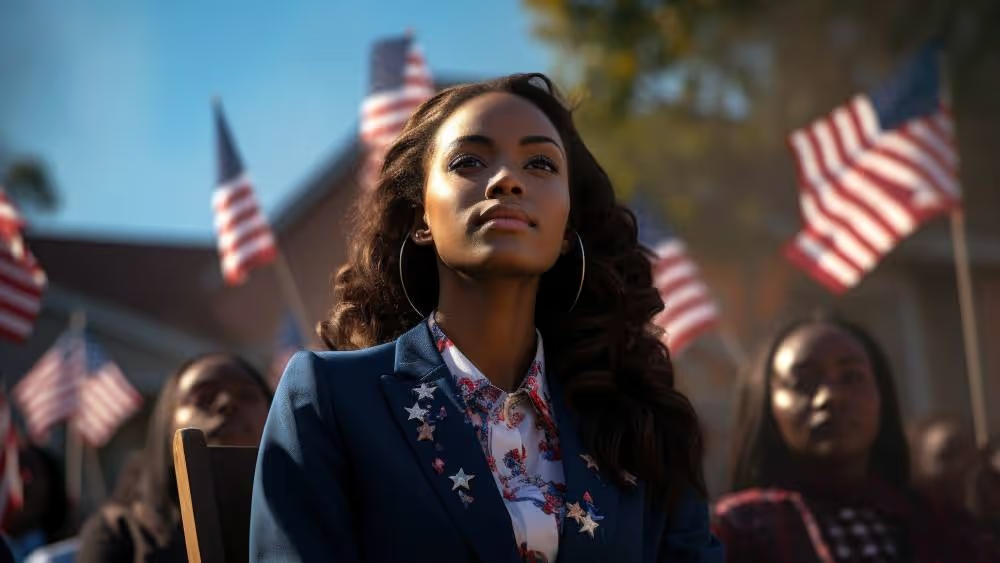.png)
.png)
Find out when and how DACA recipients can apply for marriage green cards, as well as the timelines, success tips, and adjustment of status procedure. Find out how Beyond Border can provide you with professional, individualized assistance as you navigate the DACA to green card marriage process.

If you’re under DACA and in love, you might be wondering when a DACA green card marriage could actually become a reality for you. It’s a big step — one that blends immigration law with one of the most personal choices you’ll ever make. While marriage to a U.S. citizen can open important doors, it’s not an instant ticket to permanent residency. There are timelines, eligibility requirements, and sometimes legal roadblocks you’ll need to navigate. Factors like how you entered the U.S., your immigration history, and whether you need to leave the country for processing can all affect your path forward..
A question we hear a lot is: is DACA the same as a green card? The answer is no. DACA offers temporary protection from deportation and work authorization, but it doesn’t grant lawful permanent residency. A DACA recipient’s green card can only be obtained through certain legal processes — and marriage to a U.S. citizen is one of the most common routes. However, the process isn’t always simple. Your immigration history, manner of entry, and any past violations can all affect whether marriage leads directly to a green card or requires extra legal steps.
So, can DACA recipients apply for green cards through marriage? In many cases, yes, but it depends on your immigration history. If you entered the U.S. legally, even if your visa later expired, you can often apply without leaving the country. This is usually a smoother process called adjustment of status. If you enter without inspection, things get trickier. You may need to leave the U.S. for consular processing and possibly apply for a waiver to avoid reentry bans. The exact path depends on your entry records and any past immigration issues, and that’s where Beyond Border can guide you every step of the way.
When a DACA recipient marries a US citizen, the process is usually faster because spouses of citizens are considered “immediate relatives.” That means no waiting for a visa number. In contrast, a marriage green card for DACA recipients married to permanent residents can take longer due to visa backlogs. Who you marry matters, at least in immigration processing.
The DACA adjustment of status marriage process allows you to apply for a green card from inside the U.S. without having to travel. For some, this is straightforward, especially if they had a lawful entry. If you're applying for a green card and you came in on a visa, this route could work for you without additional steps like consular processing.
Here’s where things get tricky. For those who entered without inspection, going from DACA to green card through marriage often requires extra steps. Advance parole, which enables you to leave and reenter legally and facilitates adjustment, may be available to some. Others might require a waiver for unlawful presence, which is a different legal procedure that can still result in success.

Your DACA green card through marriage timeline depends on multiple factors. It could take 12 to 18 months for spouses of U.S. citizens. For spouses of people with green cards, it could last up to two or three years. The time it takes to process an application can change depending on how busy USCIS is, how long it takes to do background checks, and whether any waivers are needed.
Many ask, can DACA recipients get citizenship through marriage? Yes, if you are married to a U.S. citizen and have a green card, you can usually apply for citizenship in three years. This is how many DACA recipients get citizenship: they get married, get a green card, and then become citizens.
One major error when DACA applying for a green card is traveling outside the U.S. without advance parole, that can result in denial or even a bar from returning. Others submit incomplete paperwork, forget supporting documents, or misjudge eligibility. Small mistakes can cause months of delay or complete rejection.
Yes, once approved, the possibility that DACA recipients can sponsor family members becomes very real. As a permanent resident, you’re eligible to petition for your spouse and unmarried children to live in the United States with you. Later, when you achieve U.S. citizenship, your sponsorship rights expand even further, allowing you to bring over your parents, married children, and even siblings. This process can take time, but it’s one of the most significant long-term rewards of obtaining a green card. It’s not just about your own status, it’s about creating opportunities and a secure future for your loved ones.
Start by gathering every document you might need, from your DACA approvals to proof of your relationship. Pro tip: organize everything in a digital and physical folder. And if immigration law feels overwhelming, Beyond Border can help. We’ve guided many DACA recipients through successful marriage green card applications with step-by-step, personalized plans.
Not everyone has the same path to a DACA green card marriage, but with the correct strategy, it is definitely feasible. The correct advice makes the process go more smoothly, whether you need to use advance parole, apply for a waiver, or change your status. Get in touch with Beyond Border right now, and we'll assist you in realizing your immigration objectives.
If you’re ready to explore your options or want personalized help navigating your DACA marriage green card, Beyond Border has your back. Connect through Beyond Border Contact to get started today. Love, paperwork, and a green card—let’s make it happen together.